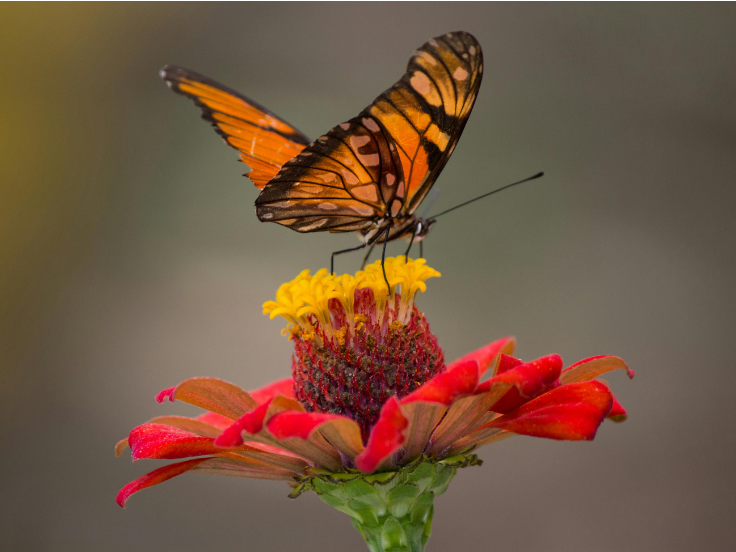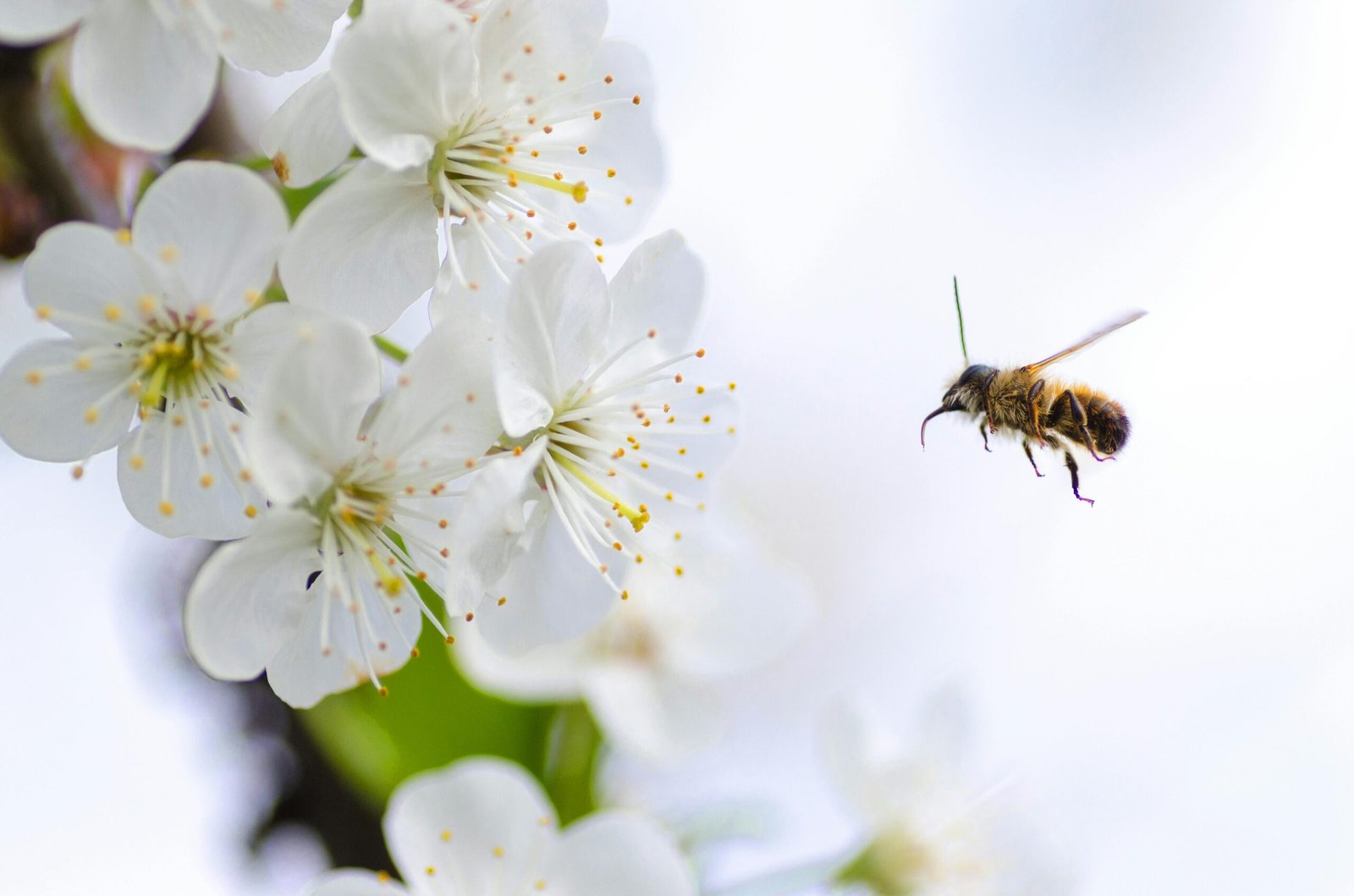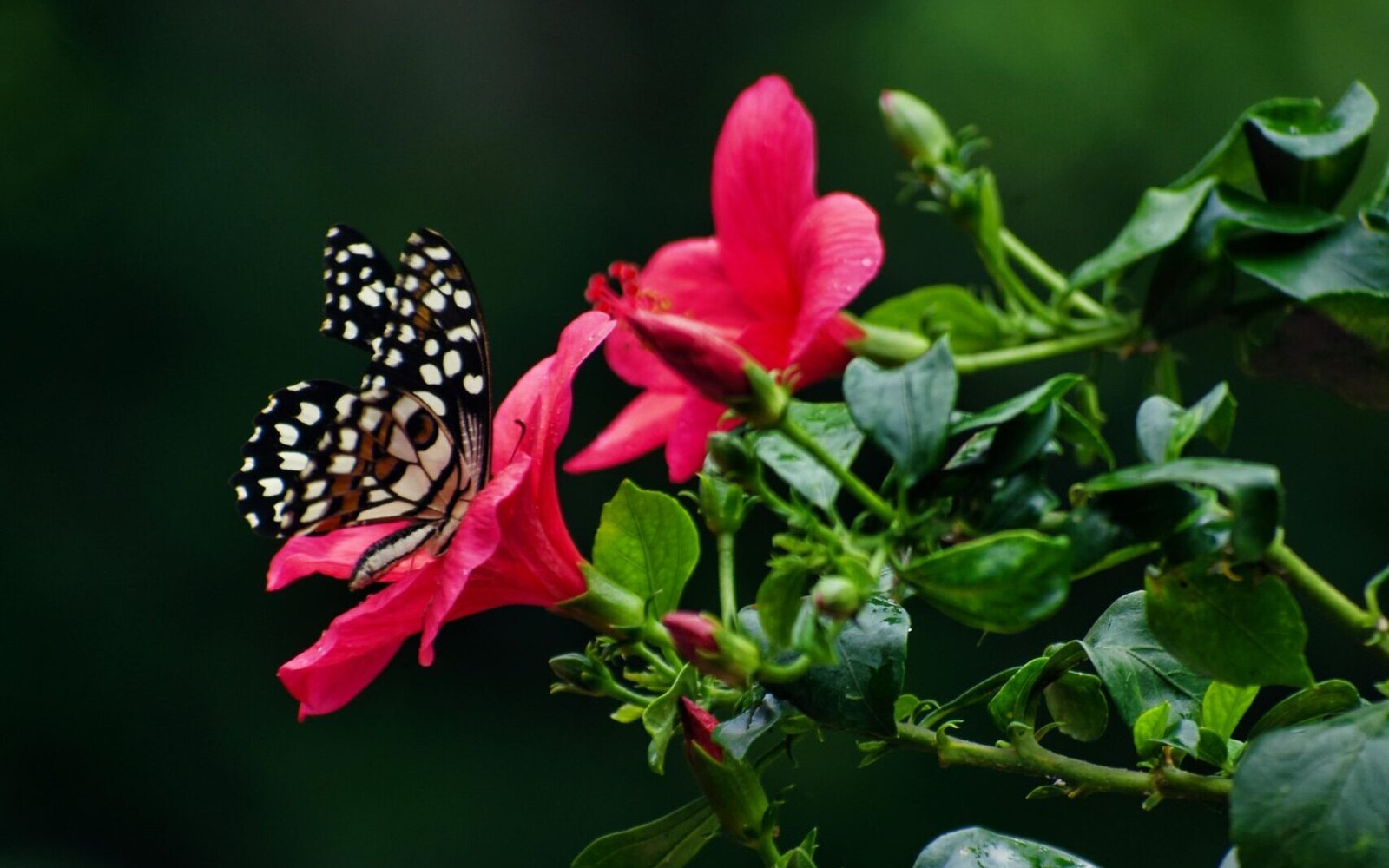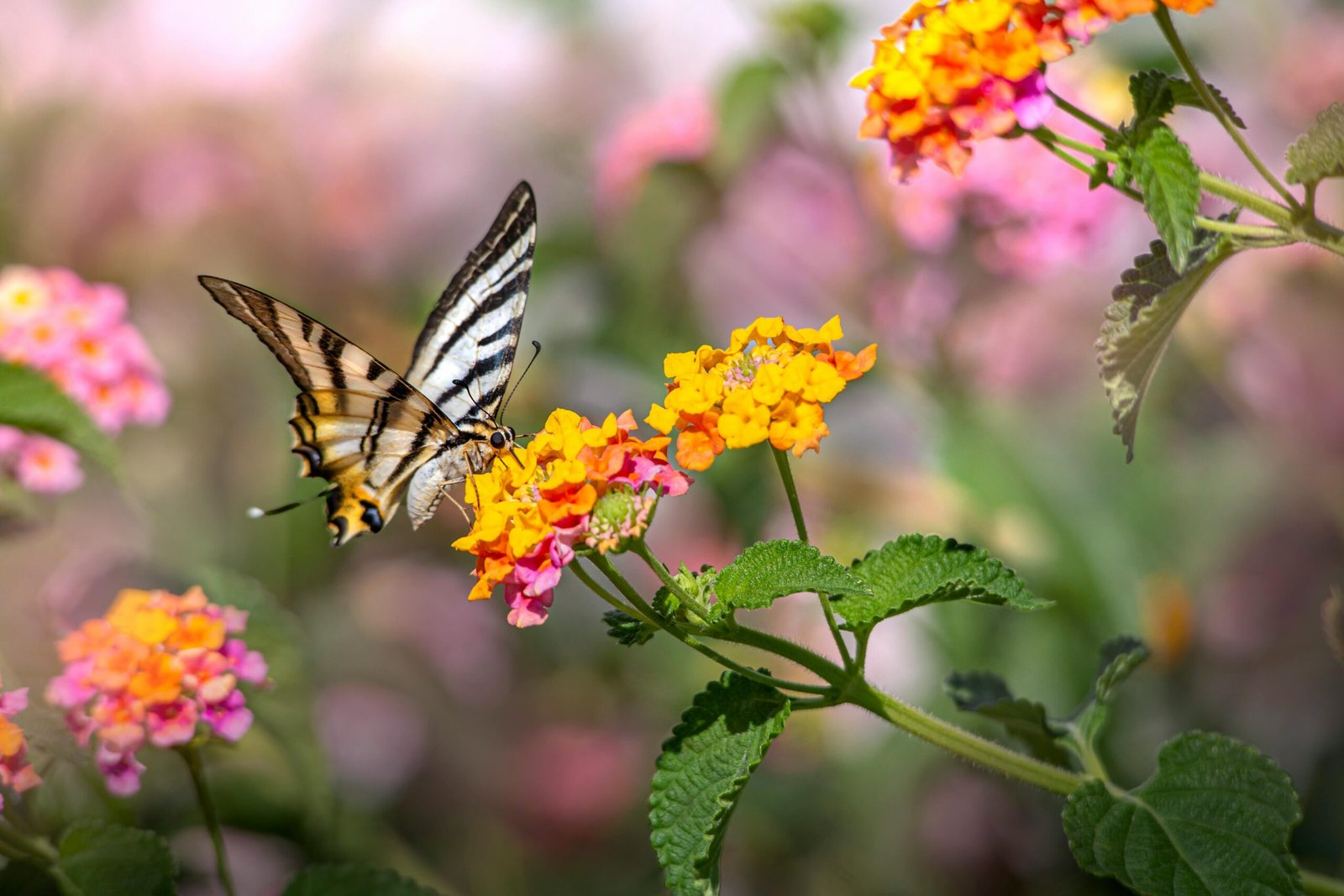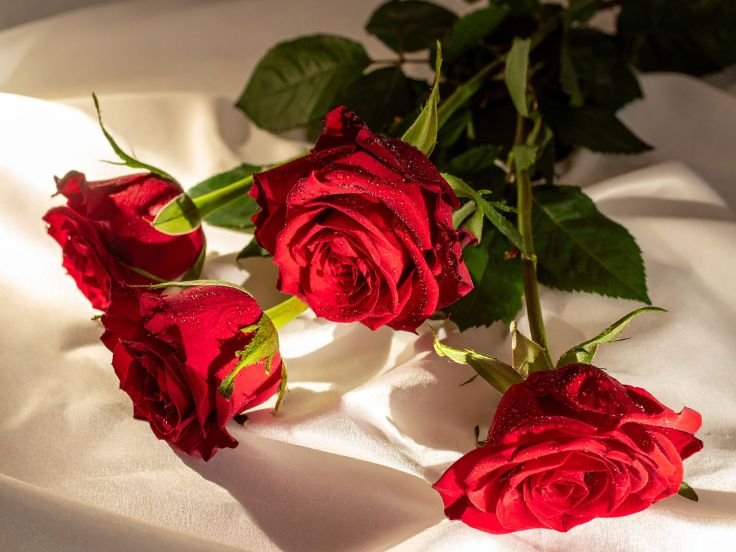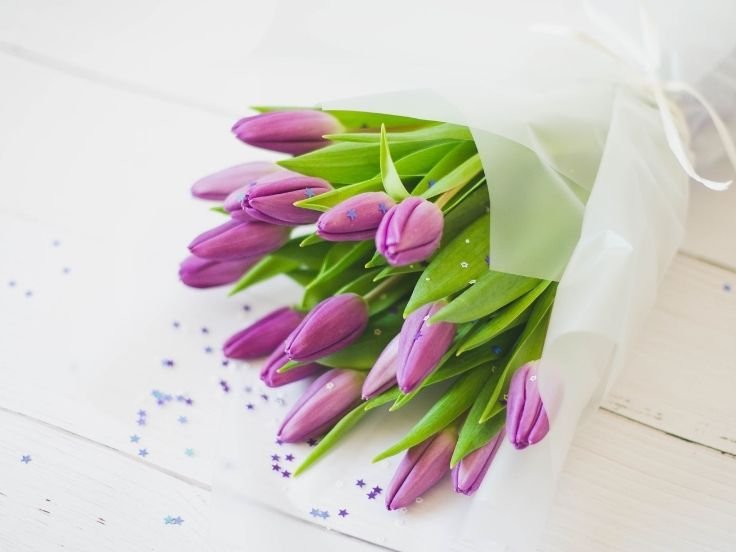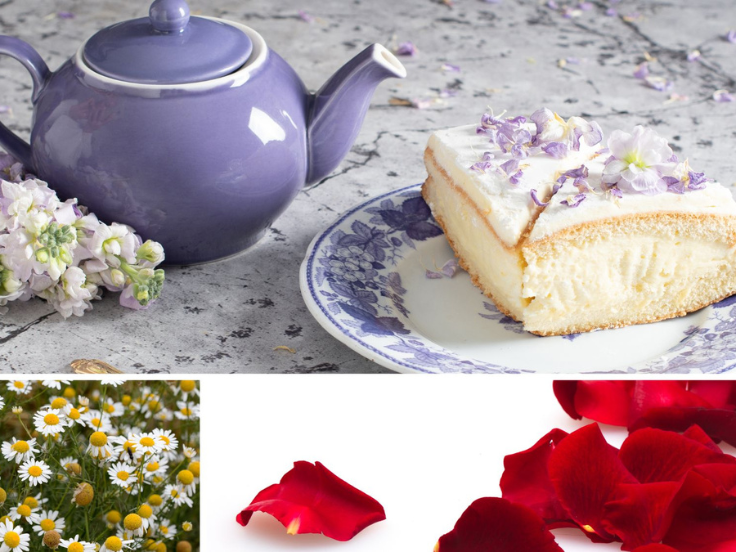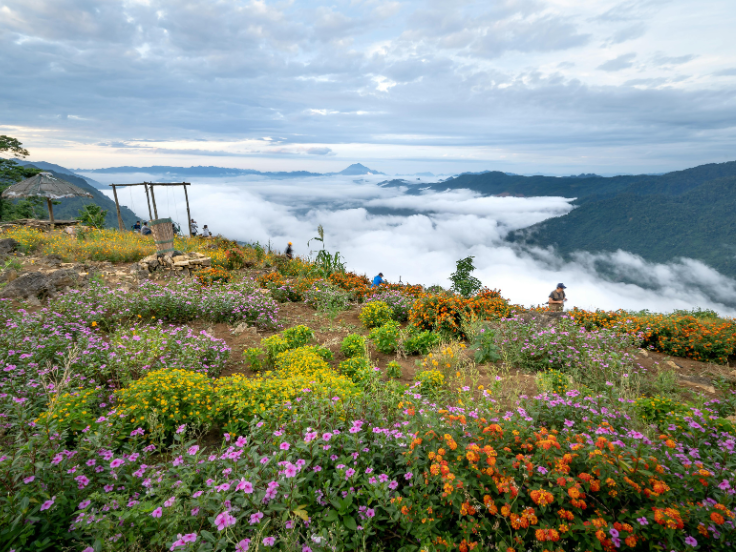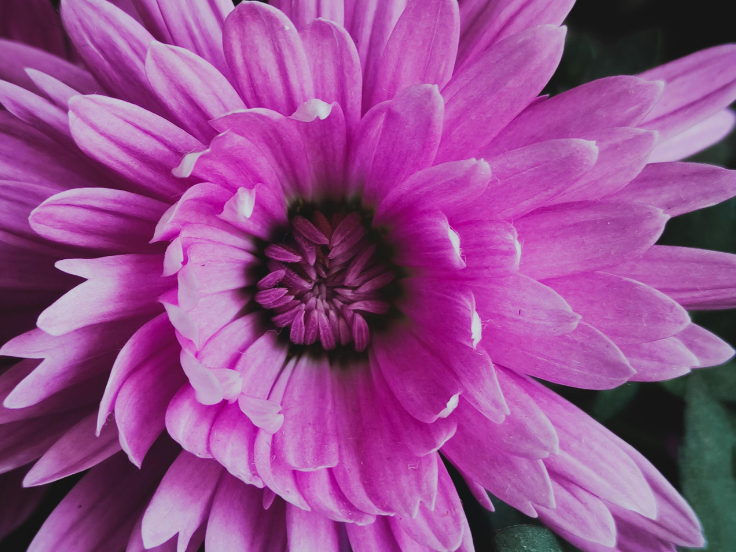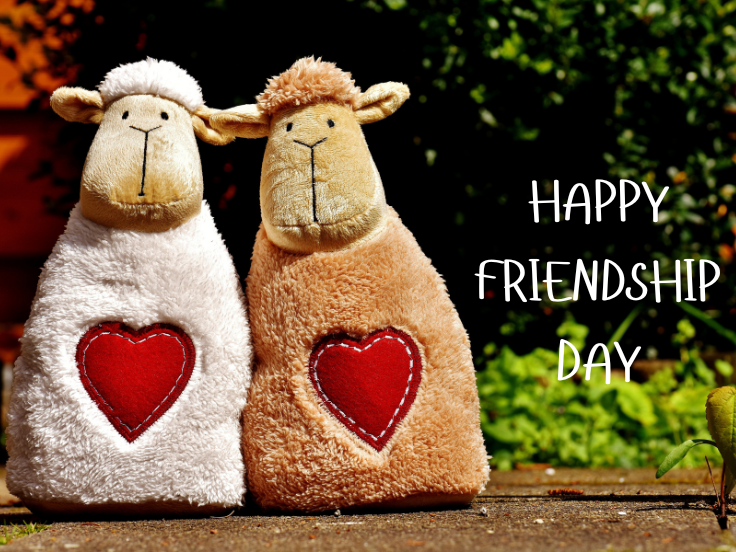There’s something timeless about a garden alive with quiet wingbeats and soft floral scents. Watching butterflies flit between petals or hearing the gentle buzz of bees can instantly soothe the soul. But these moments aren’t just pretty—they’re proof of a healthy, living environment.
At Gulmahal, we cherish the silent bond between blooms and pollinators. We invite you to discover seven enchanting Indian flowers that don’t just bloom—they beckon the wild, winged world to your doorstep.
Jasmine: The Fragrant Muse of Dusk
Delicate and deeply fragrant Jasmine, also known as Mogra or Mallige, is more than just a garden staple. Its tiny star-shaped white flowers burst into bloom mostly at dusk, releasing a scent so captivating that bees, butterflies, and even night-flying moths are drawn in like magic. Throughout the warmer months, jasmine becomes a steady source of nectar, keeping your garden alive with movement and buzz. Whether used in garlands or simply bunched into a vase, this beloved bloom brings both peace and pollination to your space.
Rose: A Classic Invitation to Beauty and Buzz
A garden without a Gulab feels somehow incomplete. Roses are timeless symbols of love and beauty, but their appeal isn’t limited to humans. Their sweet scent lures bees, while butterflies are drawn to their rich colours and open petals. Some freshly curated rose assortments bring grace to your decor and offer pollinators a delightful feast. It’s where romance meets nature’s rhythm.
The Festival of Petals: Marigold
Vivid, vibrant, and full of warmth, Marigolds light up Indian rituals, temple steps, and festive garlands. But their magic extends into the garden as well. Their golden-orange hues and earthy scent are a magnet for bees and butterflies. Plus, marigolds are known to deter harmful insects naturally, making them powerful garden companions. When woven into garlands or bunched in vases, they turn any space into a sun-kissed celebration.
Hibiscus: The Showstopper That Nature Adores
With petals like silk and colours that command attention, Hibiscus flowers are as bold as they are beneficial. Popular in Indian homes and gardens, they’re known for their spiritual significance and undeniable charm. Butterflies favour their wide, open blooms, while bees dive straight into the vibrant, pollen-heavy stamens. Whether styled solo or as part of a dramatic floral arrangement, hibiscus brings power, grace, and plenty of pollinator action.
Butterfly Pea: Where Serenity Meets Wings
Soft, blue, and elegantly curved, the Butterfly Pea or Aprajita or Shankpushpi feels like a quiet meditation in flower form. Butterflies love its gentle folds, often lingering to sip nectar. The bloom has long been cherished in Ayurveda and is used to make the calming butterfly pea tea. Whether gracing spiritual decor or bringing a hint of mystic beauty to a garden nook, this flower speaks of serenity and subtle magic.
A Carnival of Colours and Wings: Raimuniya (Lantana)
Raimuniya is a wonder of colour and resilience. Each cluster holds dozens of tiny blooms that change shades as they age, creating a moving, living bouquet right in your garden. Loved by bees, butterflies, and even hummingbirds, this drought-resistant shrub is as practical as it is beautiful. Its waxy, multi-hued blossoms make it perfect for rustic bouquets or untamed garden corners. Raimuniya thrives with minimal care but brings maximum delight.
Bring the Buzz Back Home
Each of these flowers is more than just a visual delight, they are gentle invitations to harmony, colour, and connection with the natural world. By choosing blooms that attract bees and butterflies, you’re not only adding beauty to your surroundings but also nurturing a vibrant, sustainable ecosystem. Let your home become a haven where petals draw in wings, and every bloom carries both purpose and poetry.
Why is pollination important for plants and ecosystems?
Pollination plays a key role in the reproduction of flowering plants. It helps plants produce fruits and seeds. This process supports biodiversity and healthy ecosystems. It’s also vital for maintaining a sustainable food supply.
Can pollination be done artificially?
Yes, pollination can be done artificially. It involves manually transferring pollen from one flower to another. This process is known as hand-pollination. It helps in controlled cross-breeding to develop new plant varieties with specific traits.
What is the difference between pollination and fertilization?
Pollination and fertilization are two separate but connected steps in plant reproduction. Pollination is the transfer of pollen from the anther to the stigma. Fertilization happens when the male and female gametes unite inside the ovule. Pollination sets the stage for fertilization to take place.
Can pollination happen between different plant species?
Yes, cross-pollination can occur between different plant species. However, it doesn’t always result in successful fertilization. When it does, it may produce hybrid plants. These hybrids might be fertile or sterile, depending on the compatibility of the parent species.



